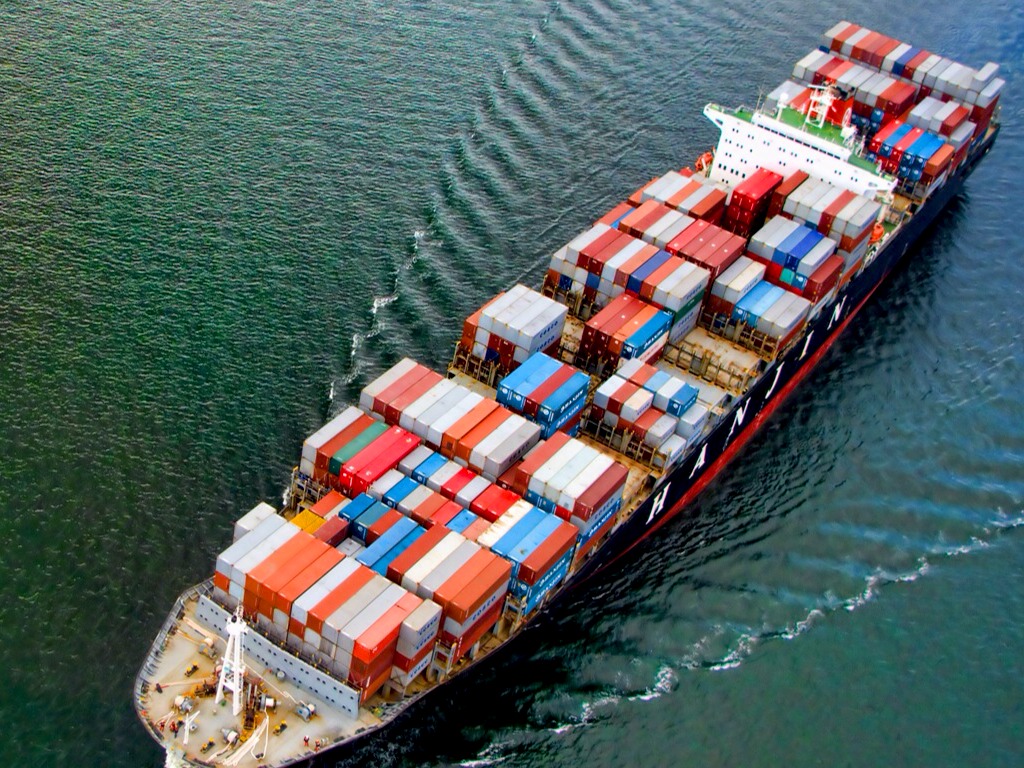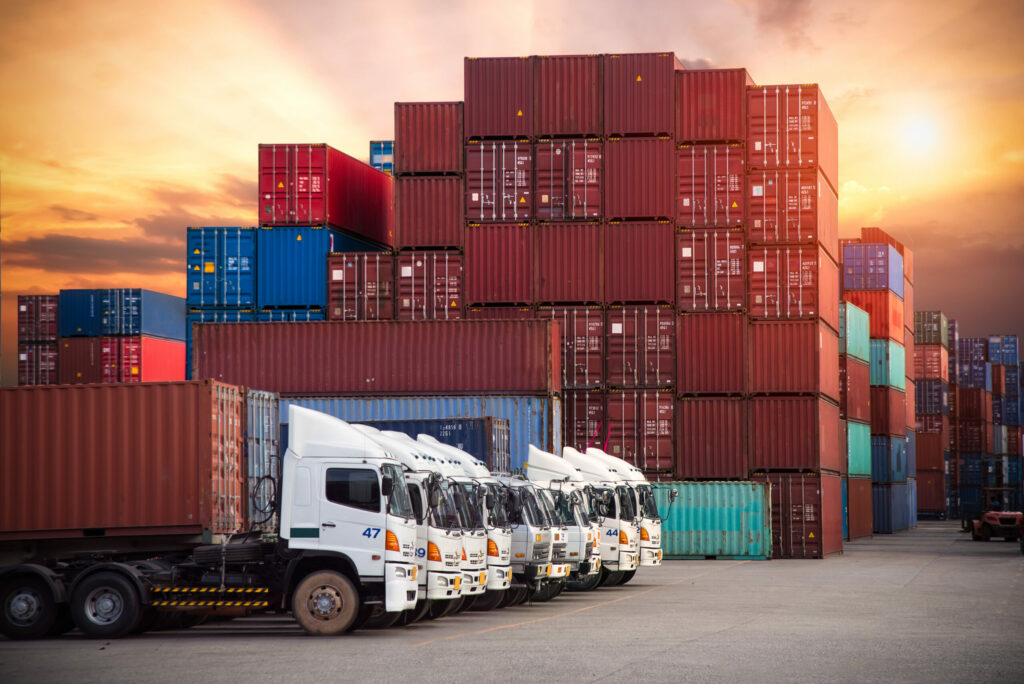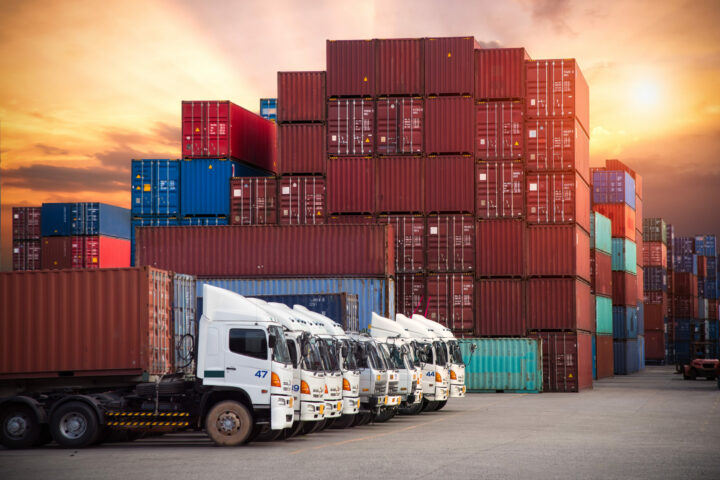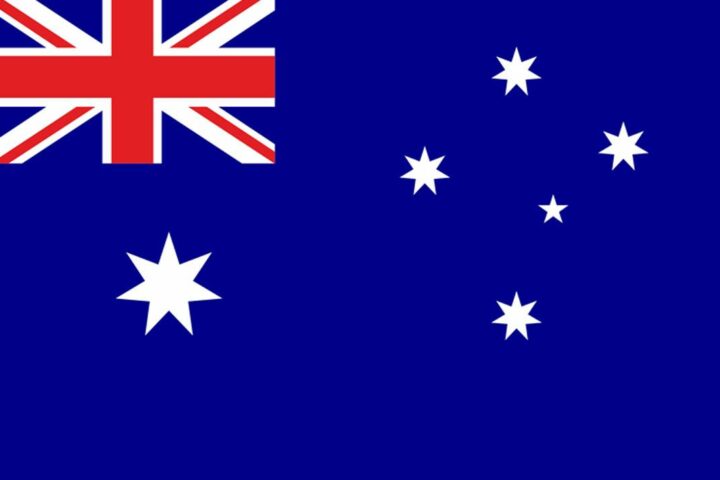Introduction to Australia’s Major Imports
Australia’s economy heavily relies on imports to meet domestic demand for various goods and services. Understanding the country’s major imports provides insights into its economic activities, trade relations, and consumer preferences.
What are Imports?
Imports refer to goods and services brought into a country from abroad for consumption or resale. In Australia’s case, these imports contribute significantly to its economy, addressing gaps in domestic production and fulfilling consumer needs.
Australia’s Major Import Categories
Machinery and Transport Equipment
Machinery and transport equipment are crucial imports for Australia, supporting industries such as mining, agriculture, and manufacturing. These imports often include vehicles, machinery parts, and industrial equipment.
Computers and Electronic Equipment
Australia imports a substantial amount of computers, electronic equipment, and telecommunications devices. These goods are essential for technology-driven sectors and everyday consumer use.
Mineral Fuels and Oils
Australia imports mineral fuels and oils to supplement domestic production and meet energy demands. Crude petroleum, natural gas, and refined petroleum products are significant imports in this category.
Pharmaceuticals and Medicinal Products
Pharmaceuticals and medicinal products are critical imports for Australia’s healthcare sector, ensuring access to a wide range of medicines and healthcare supplies not produced domestically.
Manufactured Goods
Various manufactured goods such as clothing, footwear, and consumer electronics are imported to meet consumer preferences and fill gaps in local manufacturing capabilities.
Trade Partners and Sources of Imports
Australia’s major trading partners play a significant role in determining its import profile. Key sources of imports include
- China: A major supplier of machinery, electronics, and manufactured goods.
- United States: Provides a significant amount of machinery, pharmaceuticals, and electronic equipment.
- Japan: Supplies machinery, transport equipment, and mineral fuels.
- Germany: Known for high-quality machinery and manufactured goods.
Economic Impact and Trends
Economic Impact of Imports
Imports contribute to Australia’s GDP by supplementing local production, supporting industry growth, and providing consumers with diverse product choices. They also influence trade balances and foreign exchange rates.
Trends in Australia’s Imports
The composition of Australia’s imports evolves with changing economic conditions, technological advancements, and global trade dynamics. Shifts in consumer preferences and industrial needs also impact import trends.
Fun and Interesting Facts
- Australia imports a significant amount of wine, despite being one of the world’s largest wine producers.
- The country imports a variety of tropical fruits during its off-season, such as mangoes and pineapples, to meet consumer demand year-round.
- Australian consumers have a strong preference for international fashion brands, leading to substantial imports of clothing and accessories.
Frequently Asked Questions (FAQs)
What are the top three imports to Australia?
The top imports to Australia include machinery and transport equipment, computers and electronic equipment, and mineral fuels and oils.
How does Australia’s import profile compare to its export profile?
Australia’s imports are diverse, covering a wide range of goods and services to meet domestic demand. In contrast, its exports are dominated by commodities such as minerals, agricultural products, and energy resources.
How does importation affect Australia’s economy?
Imports support economic growth by providing necessary goods and services, promoting competition, and facilitating technological advancements. They also contribute to consumer welfare and industry development.
What is Australia’s most important import?
Australia’s most important import categories include machinery and transport equipment, computers and electronic equipment, and mineral fuels and oils, which are crucial for supporting various industries and meeting domestic demand.
What is the largest import in Australia?
Machinery and transport equipment rank among the largest imports in Australia, encompassing a wide range of goods such as vehicles, industrial machinery, and parts necessary for infrastructure development and manufacturing sectors.
Why does Australia import so much?
Australia imports goods to supplement domestic production, meet consumer demand for diverse products, access advanced technology not locally available, and maintain global trade relationships vital for economic growth and stability.
What does Australia import from India?
Australia imports a variety of goods from India, including gems and jewellery, refined petroleum, pharmaceutical products, textiles, and machinery and parts.
What is Australia’s biggest export to India?
Australia’s major exports to India include coal, gold, copper ores and concentrates, education-related services, and agricultural products such as pulses and wool.
Which country imports to Australia?
Australia imports goods from a wide range of countries, with significant imports coming from China, the United States, Japan, Germany, and South Korea, among others.
What is the trade between Australia and India?
The trade between Australia and India is robust, encompassing commodities, services, and technology exchanges, with bilateral trade valued at billions of dollars annually, reflecting strong economic ties.
What food does Australia export to India?
Australia exports various food products to India, including lentils, chickpeas, wheat, and other agricultural commodities, catering to India’s growing demand for quality food items.
Conclusion
Understanding Australia’s major imports is essential for comprehending its economic landscape, trade relationships, and consumer behaviours. By analysing import trends and dependencies, policymakers and businesses can make informed decisions to enhance economic resilience and sustainability.
- Austria Major Imports - June 28, 2024
- Currency in Austria - June 27, 2024
- Austria Airports - June 26, 2024









